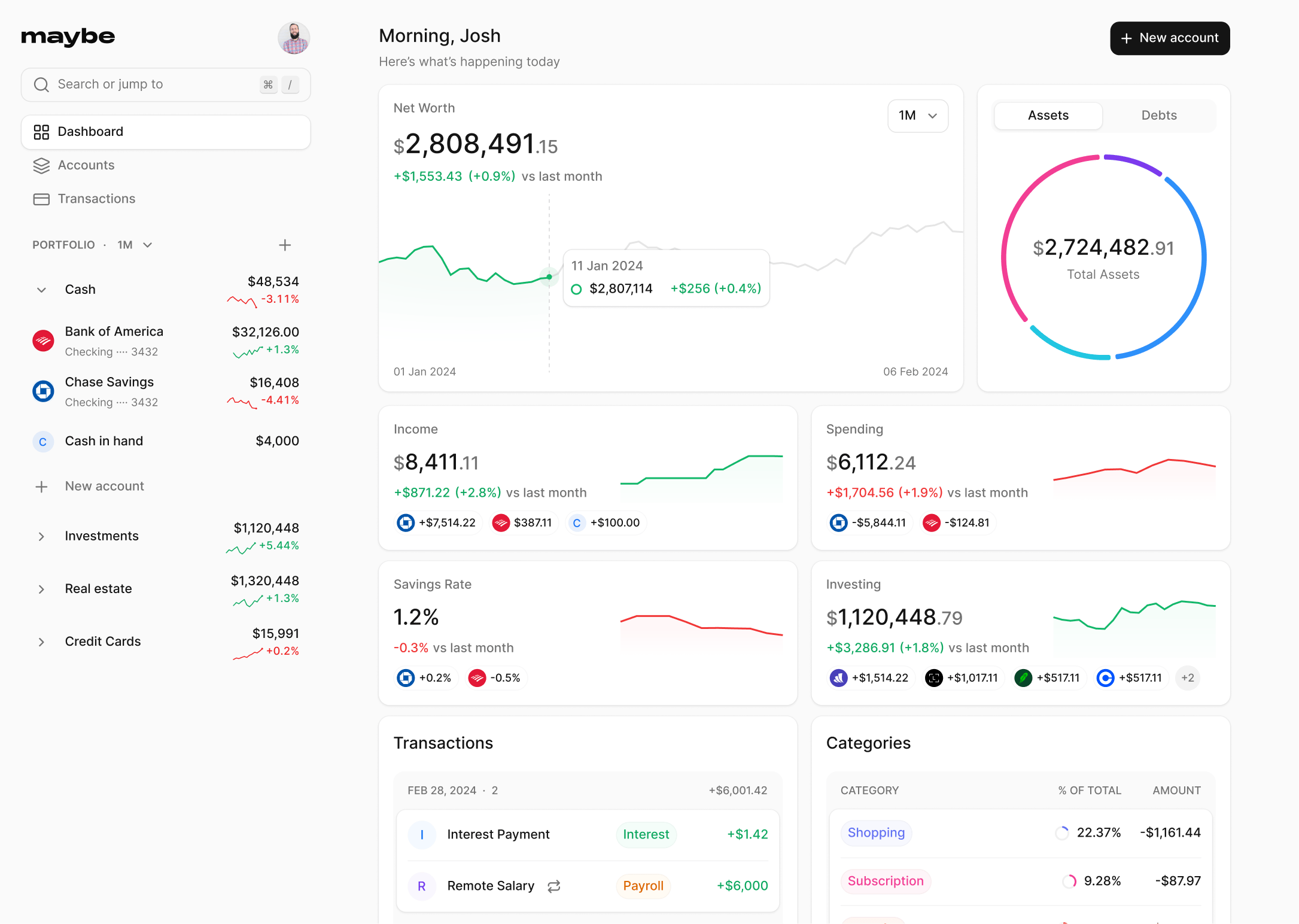Financial Terms / A - B / Alpha (α)
What is alpha in investing?
Excess return above benchmark
Alpha represents the degree to which an investment outperforms a market benchmark or expected return. It's the return on an investment that's incrementally more than a benchmark index such as the S&P 500. You can think of alpha as a way to measure how much extra value a good investment manager can create above and beyond what a passive investor could achieve with no effort using an index fund.
To calculate alpha, you compare the performance of an actively managed fund or portfolio to a passive portfolio representing the benchmark index. For example, if you manage a large-cap portfolio that returns 11 percent and the S&P 500 was up 10 percent during that time, then you'd have 1 percent alpha.
Risk-adjusted performance measure
Alpha is a risk-adjusted performance measure that compares the realized return with the return that should have been earned for the amount of risk borne by the investor. It's computed in relation to the capital asset pricing model (CAPM), which is used to identify the required return of an investment.
The formula for alpha can be expressed as:
Alpha = R – Rf – beta (Rm-Rf)
Where:
R = portfolio return
Rf = risk-free rate of return
Beta = systematic risk of a portfolio
Rm = market return, per a benchmark
Importance in portfolio management
Alpha has significant importance in portfolio management. It helps reveal how a public or private stock or fund might perform in relation to its peers or to the market as a whole. Portfolio managers seek to generate a higher alpha by diversifying their portfolios to balance risk.
For individual investors, alpha is used as a yardstick when choosing an active investment strategy, meaning they're trying to outperform the market. It's often used to assess the performance of mutual fund or hedge fund managers and determine whether or not they add value for their clients.
Calculating and Interpreting Alpha
Basic alpha calculation
Alpha measures how an investment performs compared to a market benchmark. To calculate it, you need the investment's actual return, expected return, and the market's return. The formula is simple: Alpha = Actual Return - Expected Return. A positive alpha of 1.0 means the investment outperformed its benchmark by 1%, while a negative alpha of -1.0 indicates underperformance by 1%.
Capital Asset Pricing Model (CAPM)
CAPM helps determine an asset's expected return based on its risk. The formula is:
CAPM = Risk-Free Rate + Beta * (Market Return - Risk-Free Rate)
Where:
- Risk-Free Rate: Return on a risk-free asset (e.g., Treasury bills)
- Beta: Measures the investment's sensitivity to market movements
- Market Return: Average market return
Positive vs. negative alpha
A positive alpha shows the investment outperformed expectations, while a negative alpha indicates underperformance. Zero alpha means the investment matched expectations exactly. For mutual funds, a positive alpha suggests the manager added value beyond the market's performance.
Limitations of alpha
Alpha has limitations to consider:
- It relies on historical data, which doesn't guarantee future performance.
- It assumes market efficiency, which may not always be true.
- It doesn't account for all types of risk, like liquidity or operational risk.
- It's most useful for comparing similar investments within the same asset class.
Alpha vs. Beta: Key Differences
Beta as a measure of volatility
Beta measures an investment's volatility relative to a benchmark index. It represents systematic risk that can't be diversified away. A beta of 1 indicates the investment moves in line with the market, while values above 1 suggest higher volatility. For example, a 2X leveraged S&P 500 ETF has a beta close to two, meaning it moves twice as much as the index.
Alpha as a measure of outperformance
Alpha represents the excess return of an investment compared to its benchmark. It measures an investment manager's skill in generating returns that outperform the market. A positive alpha indicates outperformance, while a negative alpha suggests underperformance. For instance, if a fund has an alpha of 1.7% compared to the S&P 500, it has outperformed the benchmark by that percentage.
Using alpha and beta together
Investors use alpha and beta together to make informed investment decisions. Alpha helps evaluate performance, while beta provides insights into risk. By considering both, you can optimize your portfolio to balance risk and return. Investments with positive alpha and low beta may be desirable for higher returns with lower risk.
FAQs
What does alpha represent in financial investments?
Alpha signifies the additional return on an investment after accounting for market volatility and random changes. It is a crucial risk management tool used in evaluating mutual funds, stocks, and bonds.
How is alpha utilized in investment strategies?
In investment terms, alpha is used to gage an investment strategy's effectiveness in outperforming the market. It represents the strategy's "edge" and is also known as excess return or abnormal rate of return, which considers risk adjustments relative to a benchmark.
Does a higher alpha indicate better investment performance?
Yes, a higher alpha value suggests that an investment, such as a mutual fund or a specific security, consistently performs better than the market average. Alpha values are commonly employed to assess the performance of actively-managed mutual funds and their managers.
What encompasses an alpha investing strategy?
The alpha investing strategy focuses on purchasing stocks that have recently demonstrated strong performance. This approach aims to leverage ongoing market trends by investing in stocks, sectors, or market cap segments that are currently gaining market attention.
Discover more financial terms
Join the Maybe  waitlist
waitlist
Join the waitlist to get notified when a hosted version of the app is available.
